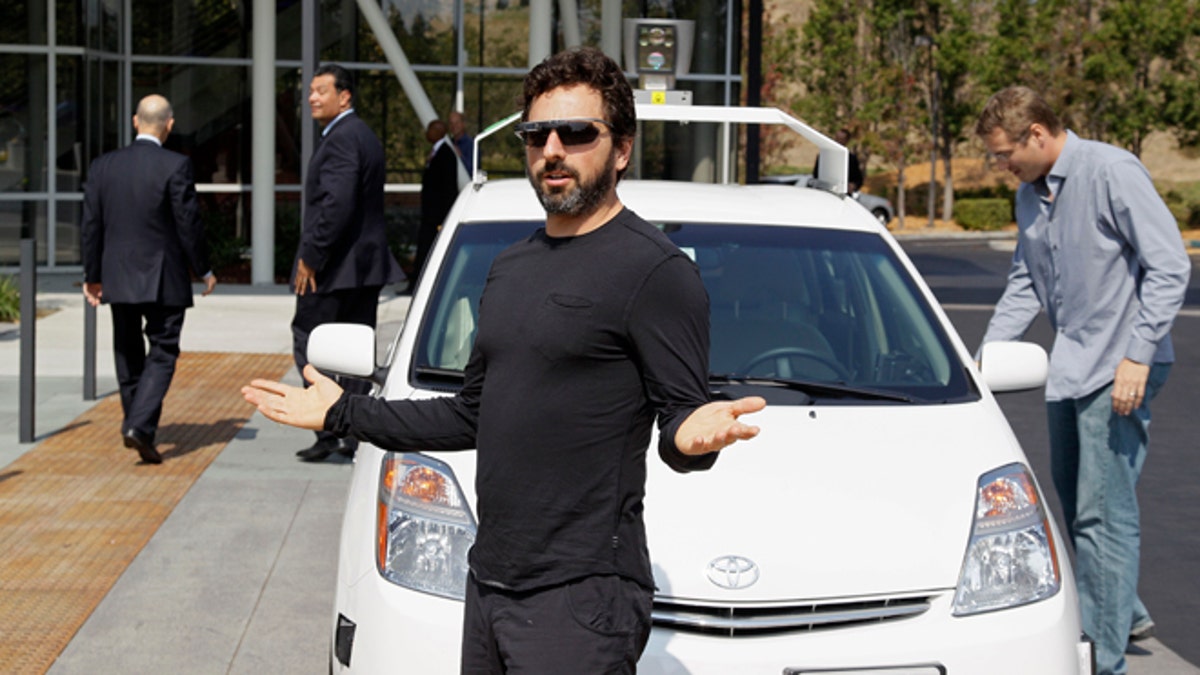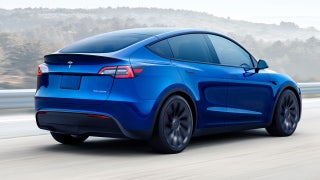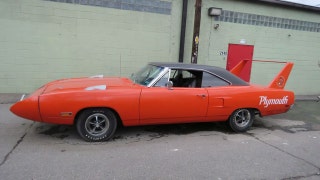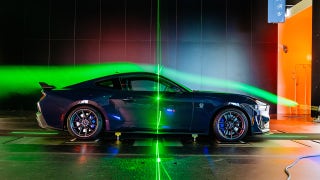
Sept. 25, 2012: Google co-founder Sergey Brin gestures after riding in a driverless car with California Gov. Jerry Brown, left, and state Sen. Alex Padilla, second from left. (AP)
With all eyes on Google Glass and the recent launch of the new Nexus 7 causing something of a stir, it’s easy to forget that the Mountain View company is also on a journey – albeit a very long one – to launch its self-driving car.
The project returned to the headlines over the weekend when former Wall Street Journal reporter Amir Efrati said in an article that Google is “quietly” going about the development of a “full-fledged self-driving car”.
Up to now, Google has been modifying existing vehicles to test its driverless technology while at the same time conducting talks with major car manufacturers with a view to providing self-driving software for their vehicles, so the latest news that it’s considering going it alone may come as a surprise to some following the story.
Citing “people familiar with the matter,” Efrati said the move by Google to step out by itself is the result of slow-going negotiations with various automakers that have so far failed to make any meaningful progress.
More From Digital Trends
As things apparently stand, the company is now also in talks with auto-components companies – Continental AG and Magna International among them – with the aim of building a car according to Google’s specific requirements.
Efrati also mentioned a recent piece in Frankfurter Allgemeine Zeitung that said Google is close to inking a deal with Germany-based Continental, one of the world’s largest suppliers of car components.
Robo-taxi?
Perhaps even more interesting is what Google reportedly has planned for these vehicles if they do finally make it to US roads: a so-called robo-taxi system comprising a fleet of driverless vehicles.
According to Efrati, “Google believes that such systems could potentially reduce the need for people to own cars and reduce accidents.” It might also reduce the size of the cab-driving community, but only time will tell on that front.
If and when the service is rolled out, the robo-taxis will probably have a human behind the wheel in the beginning, presumably in case the car’s technology flips out or something out of the ordinary happens on the road. Once everything’s deemed to be in order and running smoothly, the car would lose the safety ‘driver’ and go truly robo.
The post Google to build own self-driving car, looking at idea of robo-taxi service, report says appeared first on Digital Trends.






































